by Coos County Conservative District | Jan 15, 2021 | Articles, Flashback
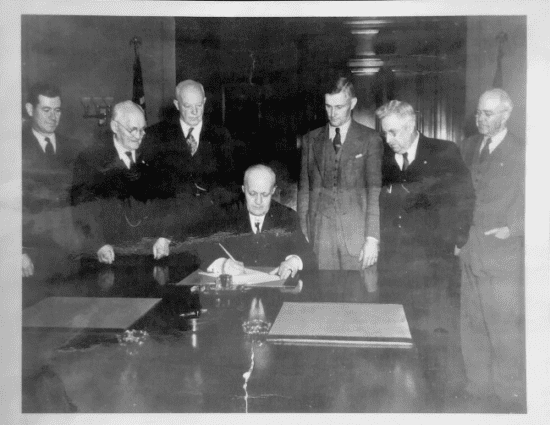 Flashback!
Flashback!
Each month, we will be providing Flashbacks of the great work that the Conservation District in Coos County has completed over the years. However for the January Newsletter we wanted to highlight a special event in history!
Soil Conservation in 1937
On February 27, 1937 Franklin D. Roosevelt sent a letter to all state governors urging the passage of state legislation to create a soil conservation district program. The reason for this program was due to the devastating soil erosion conditions from the great Dust Bowl of the 1930’s. Roosevelt’s actions provided land owners with the ability to organize conservation districts as local governmental subdivisions of the state. Forty-five states enacted such laws before the statewide New Hampshire soil conservation district was created in May of 1945. By 1946, and currently each county in NH had its own conservation district.
NH Governor Dale
The picture shown here was taken as Governor Dale signed the bill. Persons in the picture left to right: Alfred L. French, Secretary of NH Farm Bureau Federation; George M. Putnam, President of NH Farm Bureau Federation; Representative Arthur W. McDaniel, Chairman of the legislative soil conservation committee; Governor Charles M. Dale; Representative Roscoe J. Oakes, who introduced the bill in the House; Andrew L. Felker, Commissioner of Agriculture; and Senator Scott Simpson, who sponsored a previous soil conservation bill.
This was a major event in our state’s history! Thank you President Roosevelt for recognizing the need for conservation districts through out the United States!
by Coos County Conservative District | Oct 25, 2020 | Event
Training opportunity

Training for professionals working in soils, erosion control, water quality, public works, engineering, roads, planning, consulting, and septic designers & installers.
Topics for the day were:
- Erosion Prevention & Sediment Control on Small Construction Sites
- Hydraulically Applied Erosion Control
- Three Dimensional Slope Stabilization Project Review
- Proper Culvert Installation & Maintenance
- Soil Amendments
- Underground Storm Water Storage
- Perimeter Sediment Control
- Shoreline Stabilization Using Gabion Baskets
- Pollinator Habitats, Native Plant Species, Invasive Species
Continuing Education Credits, available for these workshops
– NH Department of Environmental Services, DES Subsurface designers & installers.
– EnviroCert International, Professional Development Hours
– VT Department of Environmental Conservation, non-soil credits

by Coos County Conservative District | Mar 29, 2020 | Event
Recent Activity
A several of these projects have been overseen and completed by NRCS. The District helped secure funding for a portion these projects. A before and after picture of a couple of these projects.
These projects are designed to preserve agriculture lands but stabilizing stream banks and to restore & preserve natural wildlife habitats.




by Coos County Conservative District | Dec 10, 2019 | Event, News
Cooperative Funding Agreement
A cooperative funding agreement between the NH Association of Conservation Districts and the CT Council on Soil and Water Conservation To provide technical assistance to the Long Island Sound Watershed – Regional Conservation Partnership Program (LISW-RCPP) October 2016 – December 2019 

by Coos County Conservative District | Aug 5, 2019 | Event
Summer Forest Walk
Dalton, NH
Wednesday, August 21, 2019
11:00 AM – 2:00 PM

About the Event
Join the Dannis Family and Master Naturalist,Dr. Rick Van de Poll, for a tour of a rich and diverse woodland in the upper Connecticut Valley region. The views alone are breathtaking not to mention the diversity of old growth forests and ridgeline habitats. https://abovethefifteenmilefalls.com/After our walk, we will discuss mushrooms around the table, where poisonous will be separated from edible, and medicinal will be highlighted.
Rick Van de Poll, Ph.D., is the principal of Ecosystem Management Consultants in Sandwich, NH, a company that since 1988 has offered natural resource management services throughout New England. With 40 years’ teaching experience, Dr. Van de Poll has completed natural resource inventories and management plans on over 325,000 acres in the Northeast. He is a member of the NH Plant Task Force, which surveys rare plant populations in NH, and is President of the Northeast Mycological Federation.
 Space is limited, please register by emailing the Coös County Conservation District at carolyn.mcquiston@nh.nacdnet.net
Space is limited, please register by emailing the Coös County Conservation District at carolyn.mcquiston@nh.nacdnet.net
Directions will be provided by return email to registered participants.
Participants should be prepared to walk in the woods, some of which is steep! Please come prepared with comfortable walking shoes, and dress for the weather. Rain or shine. The workshop is free.
 Flashback!
Flashback!
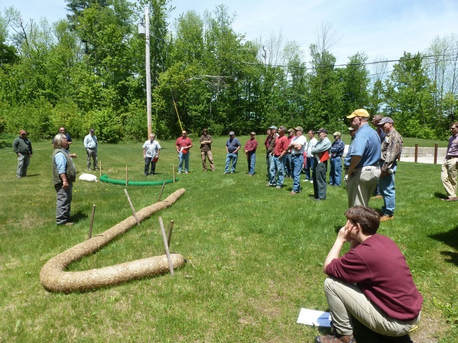
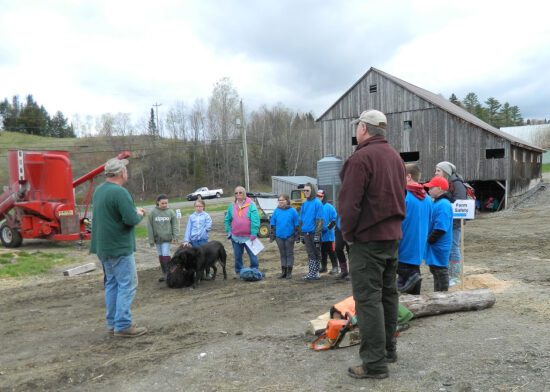
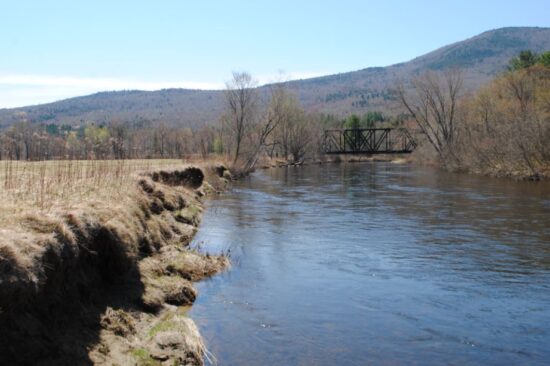
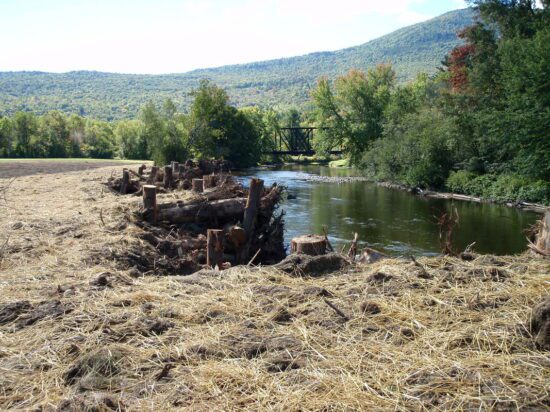
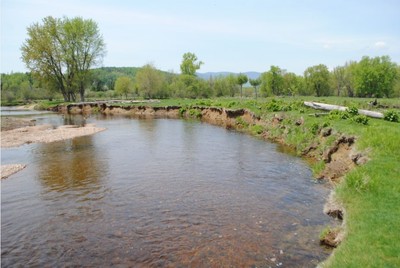
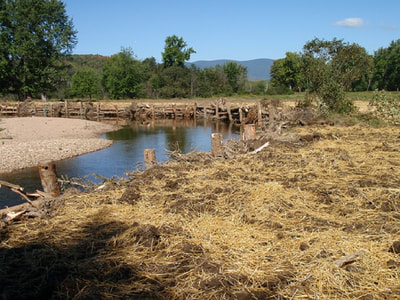
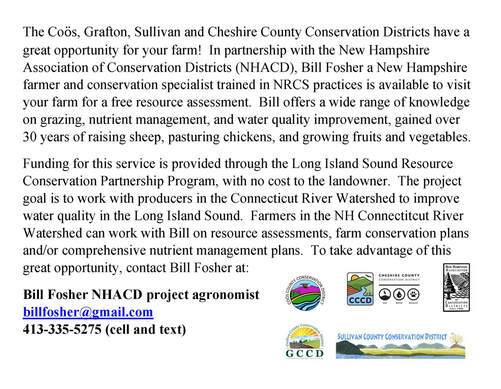
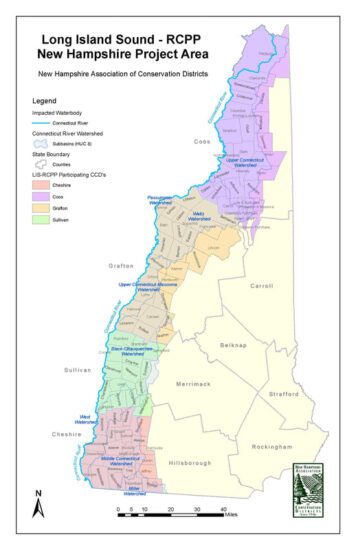
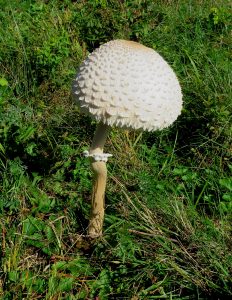
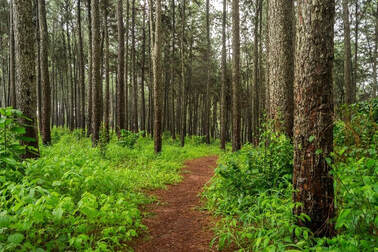 Space is limited, please register by emailing the Coös County Conservation District at
Space is limited, please register by emailing the Coös County Conservation District at 